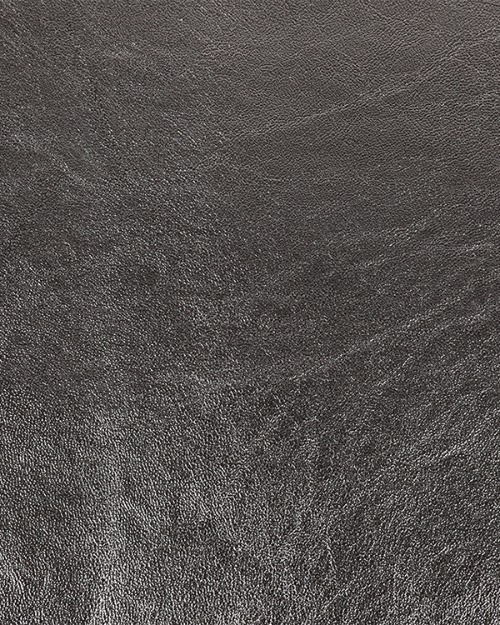The main features of recycled leather fabric include:
Eco-friendly: One of the primary advantages of recycled leather fabric is its environmentally-friendly nature. Environmental protection of recycled leather fabric involves several important aspects that aim to minimize the environmental impact of leather production and waste management. Here are some key considerations:
Sourcing of Leather: Ensure that the leather used for recycling comes from sustainable and ethical sources. This may involve sourcing leather from manufacturers, tanneries, or businesses that follow environmentally responsible practices and comply with relevant regulations.
Chemical Management: The recycling process of leather fabric often involves the use of chemicals. It is crucial to handle and dispose of these chemicals properly to avoid environmental contamination. Recycling facilities should implement efficient chemical management practices, minimizing the use of harmful substances and ensuring proper treatment or recycling of chemical waste.
Water Usage and Wastewater Treatment: Leather production, including recycling, requires significant water usage. To protect the environment, it's essential to optimize water consumption and treat wastewater to remove pollutants before discharging it back into the environment.
Energy Efficiency: Focus on improving energy efficiency in the recycling process. Using renewable energy sources or implementing energy-saving technologies can significantly reduce the carbon footprint of leather recycling.
Reducing Waste: Aim to minimize waste generation during the recycling process. Implement strategies to reuse and recycle any waste that is produced. Additionally, explore ways to use the by-products of leather recycling in other industries, reducing the overall environmental impact.
Transportation and Logistics: Optimize transportation and logistics to reduce greenhouse gas emissions associated with the distribution of recycled leather fabric.
Eco-Friendly Dyes and Finishes: Choose eco-friendly dyes and finishes for the recycled leather fabric. Avoid the use of toxic chemicals that can harm the environment and human health.
Certifications and Standards: Look for certifications or labels that indicate environmentally responsible practices. For example, certifications like the Global Recycled Standard (GRS) or Leather Working Group (LWG) can demonstrate a commitment to sustainability and environmental protection.
Consumer Awareness: Educate consumers about the benefits of using recycled leather fabric and encourage them to make environmentally conscious choices. Raising awareness about sustainable fashion and the impact of different materials can drive positive change.
End-of-Life Management: Encourage proper end-of-life management for products made from recycled leather fabric. This might involve facilitating recycling or upcycling initiatives, enabling consumers to return used products for responsible disposal.
Sustainability: As a recycled material, it contributes to a more sustainable fashion and textile industry by reducing the demand for new leather production and decreasing the overall carbon footprint.
Versatility: Recycled leather fabric can be manufactured in various textures, finishes, and colors, making it versatile for use in different applications and design styles.
Durable: Recycled leather fabric generally inherits the durability properties of traditional leather, making it a robust material that can withstand regular wear and tear.
Cost-effective: Using recycled materials can often be more cost-effective compared to creating fabric from scratch, especially for manufacturers looking to be environmentally responsible while managing production costs.
Animal-friendly: As a recycled material, it does not involve the direct use of new animal hides, making it a cruelty-free alternative to traditional leather.
Softness and Comfort: Recycled leather fabric can offer a soft and comfortable feel, similar to traditional leather, providing a luxurious touch to products.
Resistance to Fading: Recycled leather fabric is typically resistant to fading, ensuring that the product's color remains intact for an extended period.
Breathability: Depending on the specific manufacturing processes used, recycled leather fabric can maintain some degree of breathability, allowing for better comfort in certain applications.



 English
English Español
Español





















